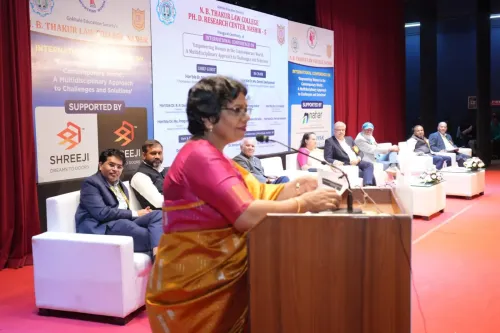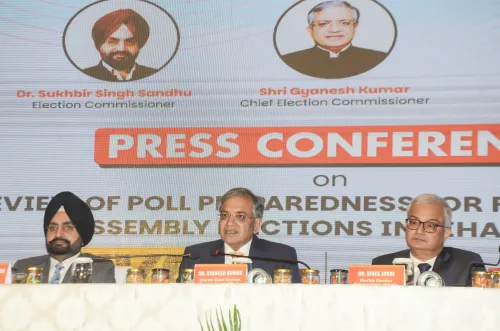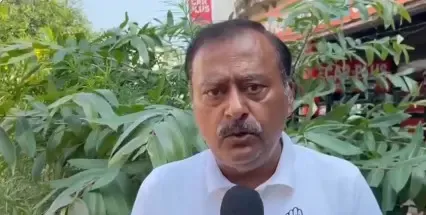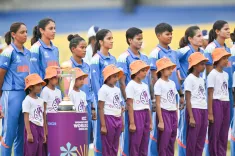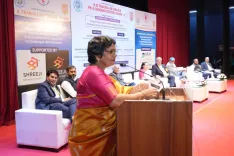How are 117 endangered languages being preserved and documented?
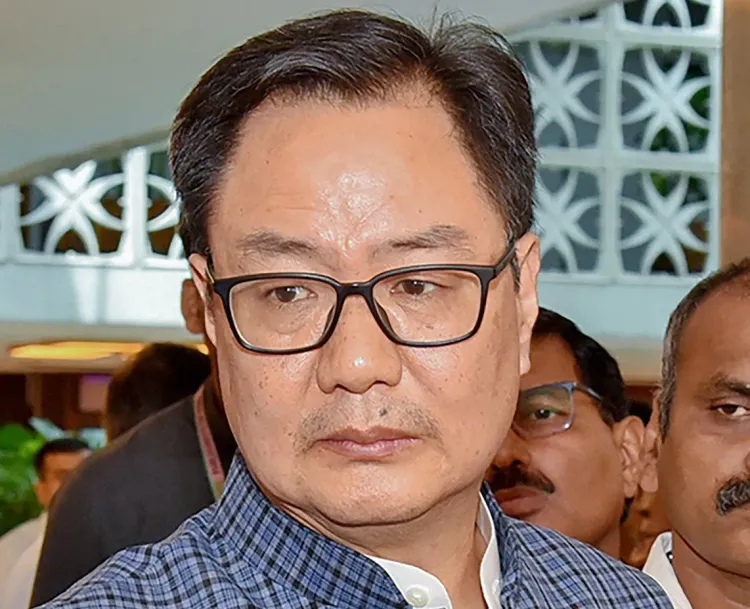
Synopsis
Key Takeaways
- 117 endangered languages are being preserved through a dedicated government scheme.
- The Bharatavani platform offers extensive resources for language learning.
- The Central Institute of Indian Languages plays a crucial role in documentation efforts.
- Multilingual education initiatives are being implemented to foster early literacy.
- Significant funding is allocated to support the promotion of classical languages.
New Delhi, Aug 12 (NationPress) A total of 117 endangered languages, or mother tongues, spoken by fewer than 10,000 individuals, have been selected from across India for research and documentation through a Central government initiative, as reported in the Rajya Sabha.
The Minister of Minority Affairs, Kiren Rijiju, stated in a written response that Bharatavani, a digital knowledge hub focused on Indian languages, features 77 tribal languages, providing resources such as language learning tools, encyclopedias, dictionaries, and glossaries.
Rijiju noted that the Central government is actively promoting Sanskrit through three Central Universities, which receive funding based on their needs and utilization.
The government has launched the Scheme for Protection and Preservation of Endangered Languages of India (SPPEL) aimed at safeguarding these languages, he elaborated.
Under this scheme, the Central Institute of Indian Languages (CIIL) in Mysuru is dedicated to the protection, preservation, and documentation of all mother tongues spoken by fewer than 10,000 people, categorized as endangered languages.
The Minister emphasized that the government's policy is to foster all Indian languages, including classical tongues.
CIIL also works to promote all Indian languages, including four classical languages: Kannada, Telugu, Malayalam, and Odia.
Furthermore, the Central Institute of Classical Tamil (CICT) in Chennai is responsible for the development and promotion of Classical Tamil, Rijiju mentioned.
In the financial year 2024-25, Rs 83.50 lakh were allocated for each of the classical languages—Kannada, Telugu, Odia, and Malayalam—while a total of Rs 1,430 lakh was allocated for Tamil.
Discussing initiatives to promote mother tongues, the Minister stated, “The Department of School Education and Literacy has rolled out numerous initiatives to bolster early literacy and multilingual education nationwide, including the creation of 117 primers in 22 Scheduled and 99 Non-Scheduled languages, along with 52 additional primers in local and mother tongues by NCERT and CIIL.”
The government is also pushing several initiatives to advance Indian languages in higher education and technical fields, Rijiju added.
The AICTE has made engineering textbooks available in 12 Indian languages. He highlighted the successful graduation of the first Marathi-medium engineering batch from Pimpri Chinchwad College of Engineering in Pune.
Major examinations such as NET, CTET, NEET, JEE, CUET, and SSC are now conducted in 12 Indian languages. Additionally, UGC permits students to write exams in local languages, regardless of the medium of instruction, he stated.

